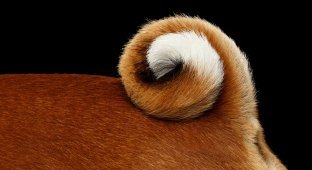From a peacock to a scorpion: 10 tails that will change your understanding of nature (11 photos)
Nature does not tolerate uselessness. Therefore, even the most luxurious tail works as a multifunctional tool. 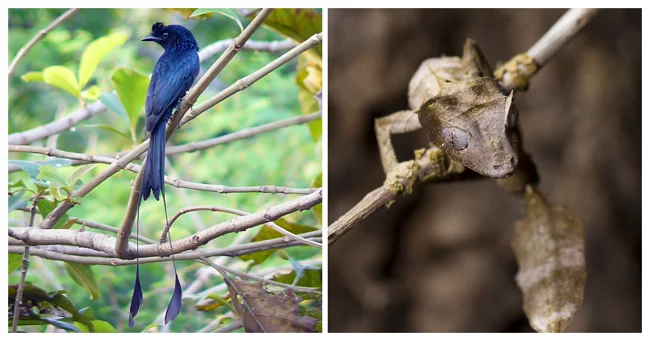
Some creatures use it for deadly attacks, others - for dizzying mating dances, and still others have turned it into a blanket or a cover. This selection of amazing owners of unusual tails will make you take a new look at evolution.
1. Record length 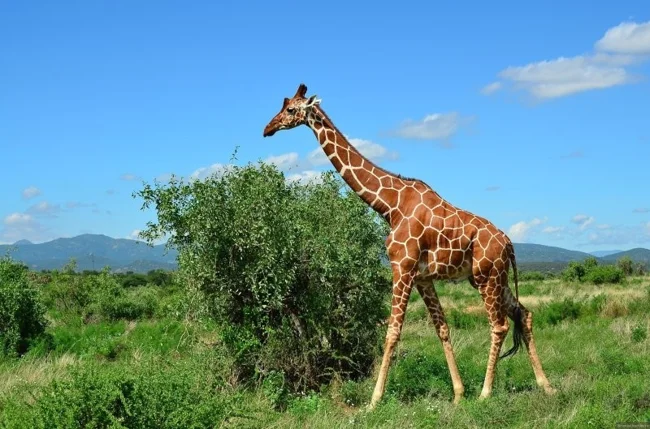
The giraffe is considered one of the record holders for the "length of tail" among land mammals. The tails of some males can reach 2.5 m in length.
2. A tail that is longer than its owner 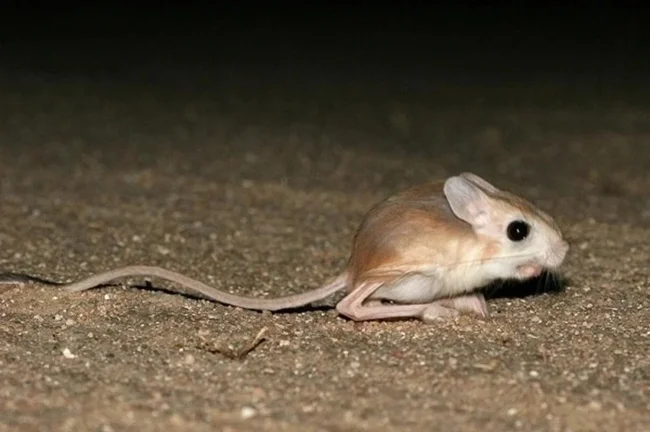
The three-toed pygmy jerboa, which weighs only 3 grams and has an average body length of about 5 centimeters, is the proud owner of a tail up to 25 centimeters long. Which is 5 times longer than the body length of the animal itself.
3. Special case 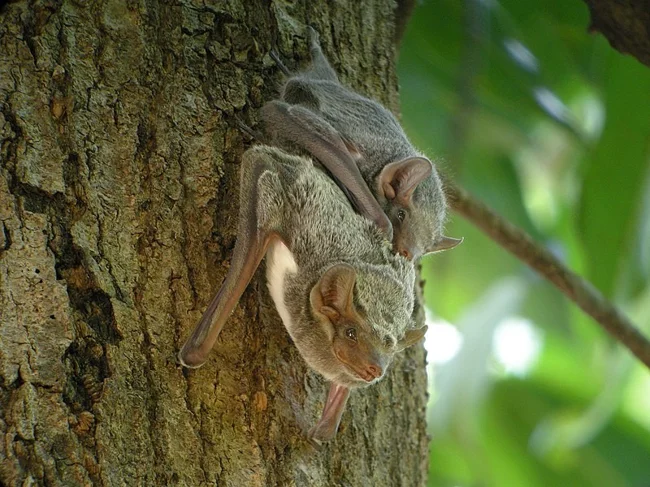
In the case-tailed or sac-winged bats, the end of the tail is free from the interfemoral membrane and can be drawn into its cavity, like a case or cover.
4. A bright living fan for seduction 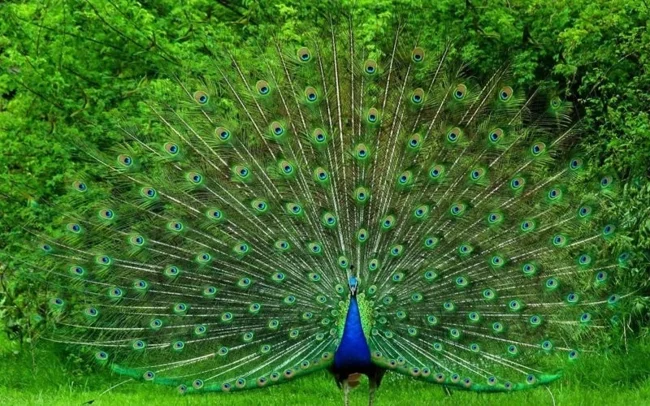
Only male peacocks wear this luxurious "fan" up to one and a half meters long. They need beauty to charm females, scare off rivals and distract predators. Each feather is also decorated with an "eye" that shimmers in the sun. Peacocks emit infrasound with the help of an open tail, which is felt by their fellow tribesmen.
5. Poisonous "syringe" 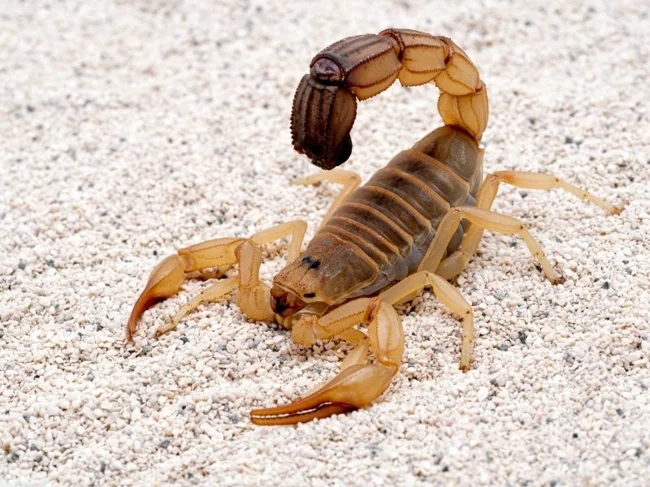
Scorpions have a sting with a neurotoxin on the tip of their tail. Some species (like the deadly Androctonus) kill a person in 2 hours. The scorpion's tail glows in UV rays - this makes them easier to find at night.
6. Fake Tail 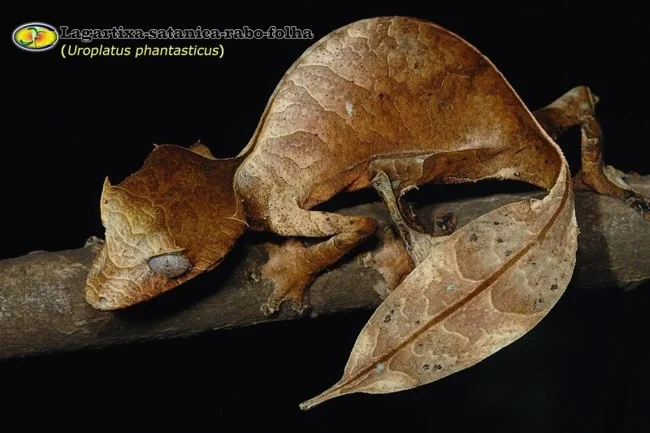
The flat tail of the leaf-tailed or satanic gecko looks exactly like a dry leaf. It's the perfect camouflage! If a predator grabs the gecko by the tail, it throws it away (and later grows a new one).
7. Multifunctional device 
The wagtail almost constantly shakes its tail up and down with varying degrees of intensity. Scientists associate this with intimidation of predators, scaring insects in the grass for subsequent eating and the need to maintain balance when walking.
8. Third Leg 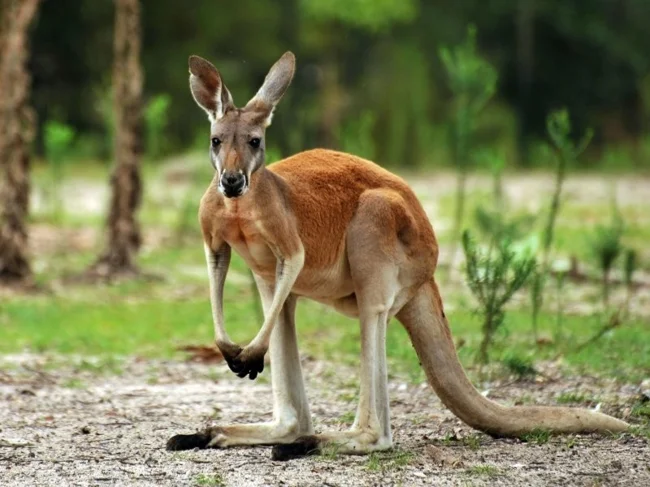
When jumping, the kangaroo's tail serves as a rudder, and when the animal stands, it serves as a support (it supports its considerable weight). In a fight, the animal hits its opponent with its tail like a club. The muscles of the tail are stronger than those of a person's legs.
9. Rocket Tail 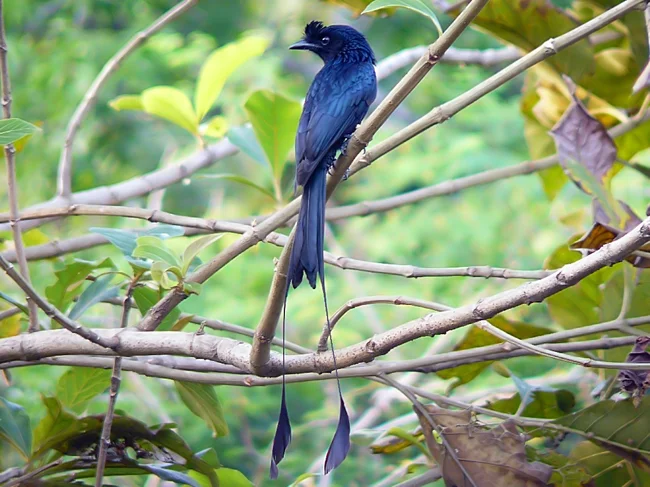
The Greater Racket-Tailed Drongo has a strongly notched tail formed by very long outer tail feathers. Most of the shafts are vaneless. Due to this feature, the bird flutters freely among dense tropical vegetation without touching the branches, since the feathers are located parallel to the body and flutter freely in the air. Experiments have also shown that if the feathers are shortened, the male loses attractiveness in the eyes of females.
10. Blanket tail 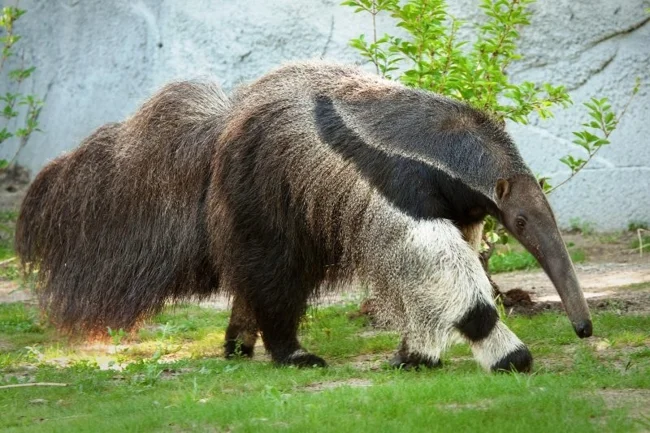
The fluffy tail of the giant anteater is almost as long as the animal's body and twice as wide. At night, the anteater covers itself with it like a blanket to keep warm and protect itself from minor external threats.













